Luxury option:
Time to digital converter chip, available from several manufacturers. Accuracy: picoseconds.
AS6500 TDC7200
Easy option:
Microcontroller timer in capture mode to measure pulse width, or time between two pulses. Pretty much any microcontroller will do the job, but accuracy will be at best one clock cycle, so you must choose a microcontroller with suitable clock frequency. And you must also check the timer clock frequency, which is not always the same as the CPU clock frequency. If you want 10ns accuracy that's 100MHz, so there are a lot of options, STM32, LPC, etc. If you want a LCD, just get a module with one on it.
ESP32 is an example of why you should check carefully: the CPU runs at 240 MHz but the timers run at 80MHz.
Next, check the microcontroller datasheet and check if the timer can measure the delay between two pulse edges. If it cannot, then you can use two timers running on the same internal counter to capture the start pulse and the stop pulse counter values, and just substract.
Since you're interested in edges, make sure it can be triggered on the leading edge.
the pulse will be from 0.5V to something higher.
0.5V is too low for a CMOS logic input so you will need a fast comparator to set a suitable threshold, search the category on mouser, digikey etc. It's important to select a comparator with a response time that is low enough. If your minimum pulse width is 100ns, then a <50ns comparator should be adequate. You can also use a highspeed opamp to amplify the signal, but in any case, a CMOS 3V3 logic input will not work directly with a 0.5V signal.

